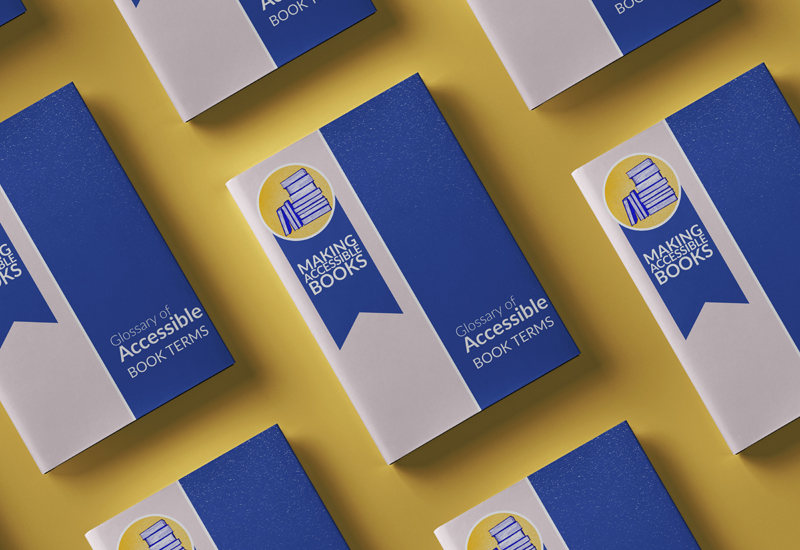
TELLING STORIES
ACCESSIBLE BOOKS
Sourced from: Lysander Yuen/Unsplash
For people with print disabilities, bound books with words printed on pages may not be accessible.
Print disabilities may include visual disabilities as well as cognitive disabilities, memory loss, dementia, learning disabilities, comprehension and processing, dyslexia, neurodiversity, and physical disabilities including limb differences and arthritis.
What are Accessible Books?
Accessible books aren't just audio versions of books, e-books, or books available in braille or large print.Braille has been around for over 200 years, and audiobooks for almost 100. Books on CD-ROM debuted 35 years ago, and e-readers have been around since 1998. Digital books and publications became popular with Amazon's 2007 Kindle and Amazon, Apple, Google, and more now sell e-books, e-readers, audiobooks online.
Reading digitally has many benefits for readers who are blind or have low vision aswell as others with print disabilities. E-readers are lightweight and eliminate the need to hold a book and turn the pages. Font size and brightness can be adjusted with digital books, and some are compatible with screen readers and digital braille. EPUBs – digital books encoded in an HTML file that carries text and images –can offer clickable links to external websites, internal links to and from endnotes and tables of contents. Some usemultimedia. Most e-books are less expensive than their print counterparts. EPUBs are optimized for most e-readers, tablets, smartphones, computers, and screen readers and EPUB format has been the official standard of the International Digital Publishing Forum since 2007.
"But how many books include sign languages, easy-to-read clear language versions, or descriptions of images?" writes Sandra Alland, a Canadian author and performance artist, in an essay on accessibility and book publishing. "How many are easily or affordably available as e-books, audiobooks, braille, or large print? (Disability Arts International, 2020).
The answer to all these questions is, of course, not enough. Progress has been made with regard to making more texts more accessible to more people, but the current reality is that most books published each year exist in formats that put them beyond the reach of many potential readers.
Image source: Jennie Grimard.
![]()
The terms in this glossary pertain to language about accessibility and accessible books and have been compiled from many existing resources, guides, and glossaries. It is important to remember that terminology and word usage changes as do attitudes and approaches, and this glossary should always be considered a developing work in progress.

